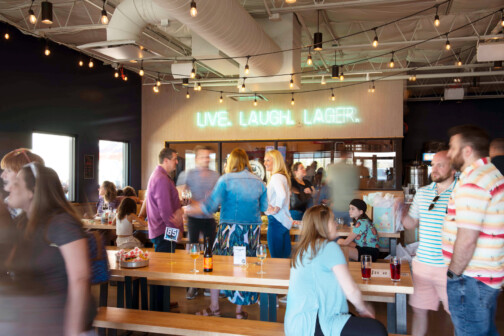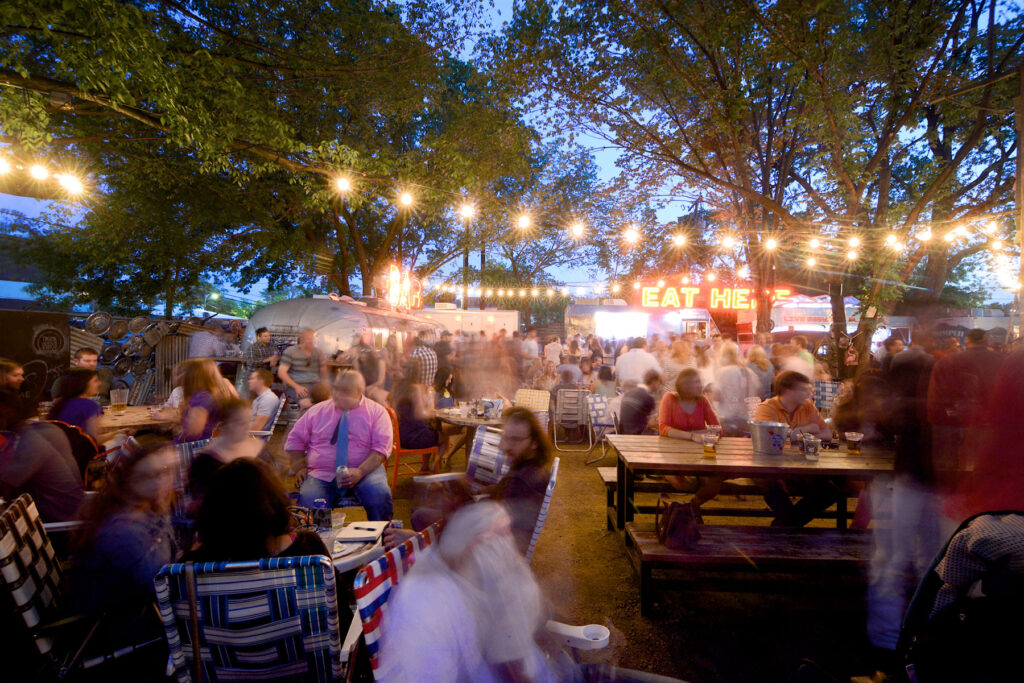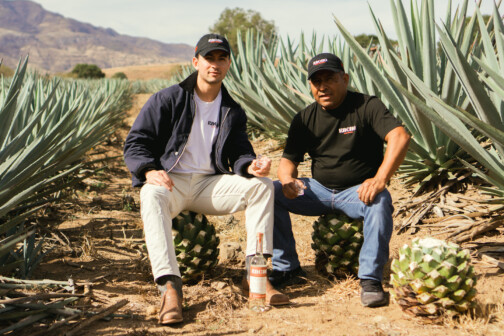A few weeks ago I was reading a book and came across this quotation. It forced me to put the book down and think.
“Most city dwellers lead sensible, circumscribed lives, rarely go downtown, hardly know areas of the city they neither live nor work in, and see (in any sociologically meaningful way) only a tiny fraction of the city’s population. Certainly, they may on occasion—during rush hours, football games, etc.—be in the presence of thousands of strangers, but that does not necessarily have any direct effect on their personal lives….Urbanites live in small social worlds that touch but do not interpenetrate.”
That’s the sociologist Claude Fischer, writing in 1977. In the nearly 50 years since, not much has changed. Maybe people visit downtown more frequently, but on the other hand, more of us work from home, socialize online, and have even smaller social worlds than before.
I stopped reading there because my brain was crowded with thoughts, experiences, and memories. The most meaningful communication some of us make with strangers is letting them merge in traffic. We live together in a (relatively) dense, close-knit landscape, but that doesn’t force us near each other in any way other than physically. I’ve never seen the people who live in the house behind me.
I would also lead the kind of circumscribed life Fischer talks about—home, work, grocery, interacting with “only a tiny fraction” of what Dallas has to offer—if it weren’t for my job.
If you want to cross between social worlds with regularity, if you want to meet your neighbors, and if you want to see all the different ways that people organize their lives in a city, spend your life going to restaurants in every corner of the city. If food writers do our jobs well, we get to see it all.

So far this year, I’ve dined among the influencers and influenced at Steakyard, where three different tables were celebrating birthdays; sat next to construction workers and retirees for Tex-Mex at Tipico’s; eavesdropped on British expatriates at Georgie; eaten lunch between well-to-do shopping ladies and T-shirt-clad liquor brand representatives at Mirador; watched a young couple on an awkward date talk about medical conditions at Vector Brewing; tried to guess the relationship among a 10-top at Ojeda’s who seemed to work together, but didn’t know anything about each other’s personal lives; and been the oldest man in the room on a bopping Wednesday night at Tiny Victories.
Restaurants are an essential part of our social circles and spaces. We go where we’re comfortable, where people like us go. If I weren’t paid to go everywhere else, I might also stick to the kinds of places where you’d expect an overeducated middle-class mixed-heritage guy in his mid-thirties to go. Perhaps I still do so more than I should. A reader once asked how my age affected the restaurants I chose to review; at the time I denied any influence, but that’s the narrow perspective of youth for you. The values different age groups place on different traits—a busy or quiet dining room, nightly specials or old reliables, whether or not the “phone eats first”—become clear once you’ve been more than one age.
Speaking of age: phones and the gig economy are having a profound effect on the way we interact with our citymates. The fact we can always pull out our phone and entertain ourselves while sitting alone at the bar, rather than talking with or merely eavesdropping on our neighbors, has sparked what essayist and San Francisco resident Rebecca Solnit calls “the great withdrawal.” In her words: “People on the street often seem to have their eyes elsewhere, usually on their phones….[in coffee shops,] every customer seems to be silently staring at an Apple product, so that the places look and feel like offices.” She also notes the effect of delivery services that can bring us meals and groceries without any human interaction, since we can instruct the drivers to leave dinner on the porch. “In this system, the invisible hand of the market can actually bring you a burrito.”
This is bleak, but it is also a choice, one we can stop making if we understand that we are making it. Because of their social nature, bars and restaurants happen to be some of the most powerful places for us to choose to put our phones down or choose to go somewhere that’s not in our own little circle. They’re places where the presence of strangers can mean something.
Foodies often make inflated claims about how much the world can be changed by different people sharing a meal. I’m skeptical of arguments like this. Certainly many Americans have no problem, for example, loving Mexican food without liking Mexicans. But here’s one I believe: if you want to learn more about your city and understand more about what it means to live together in a city, go to a restaurant where you “don’t belong.” Break out of your circumscribed life. Whatever your usual thing is—a white-tablecloth French bistro where you always have the same waiter, a pull-up taco window on the side of a liquor store, a Black-owned barbecue spot with huge baked potatoes, a Korean dive bar where you catch a glimpse of an illicit pool game behind a cracked door—go spend a night doing one of the other things.

(That pool game example is a real one, by the way. That bar, inside Dallas city limits, also allowed cigarette smoking indoors as recently as 2019. Want to know where this is? Go exploring!)
This may sound preachy, but being around different people is also just plain fun. The whole point of living in a city with a million neighbors is you can find anything here. The sad thing, the mysterious thing, is we often get so locked into our habits, our commutes, our places, and our groups that we develop blinders and miss out on lots of it.
For that reason alone, I’m glad to have a job that forces me to enter the worlds of others, to see Dallas from their perspectives. I’m glad to join the antsy, phone-checking office workers waiting for their weekday lunch; glad to watch a woman ordering sushi for the first time ever, in a restaurant full of regulars; glad to witness the diverse, often-tattooed crowd at a new South Dallas bar. I don’t always blend in, and that’s the point. The only person you can be is yourself, but the whole point of being in a city is that we want to be around everyone else, too. Seeing what Dallas looks like from someone else’s social world is as easy (and as hard) as deciding where to go for dinner.
Author







